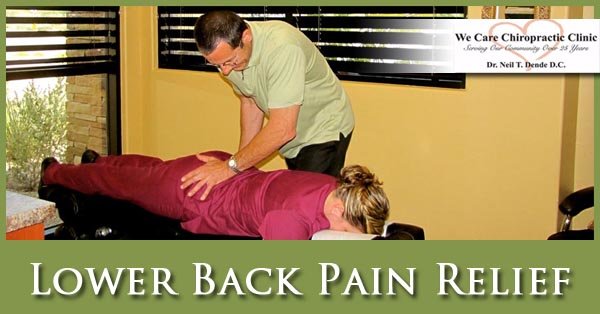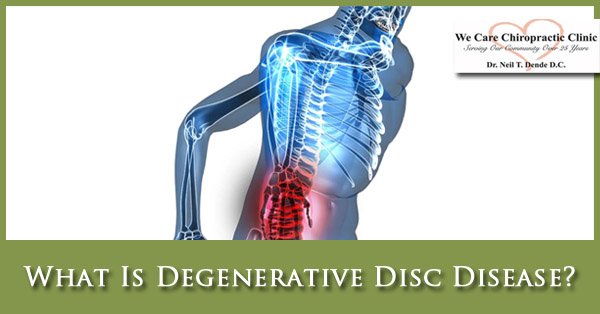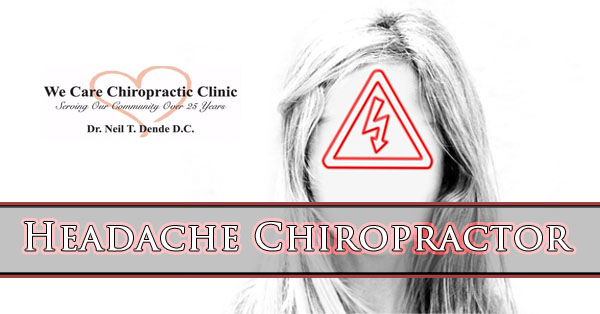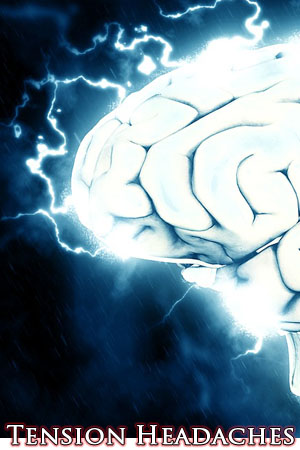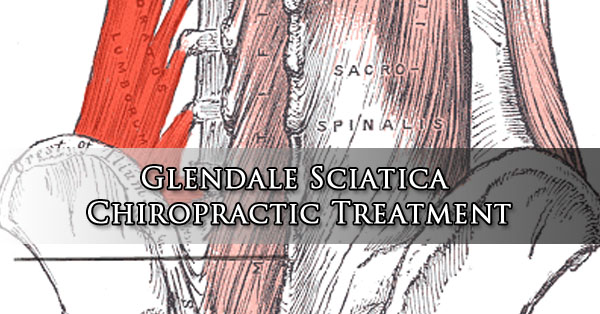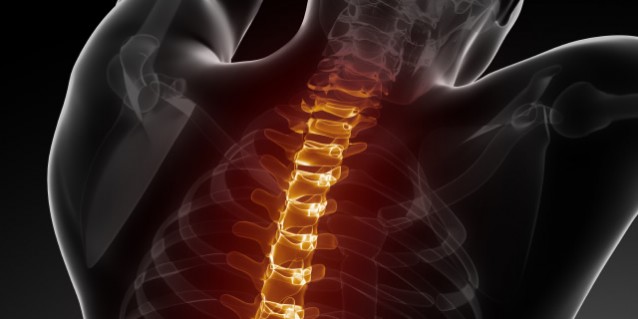If you’re searching for “lower back pain relief” maybe you forgot the correct way to go about lifting something that was very heavy. There is also the possibility that it a degenerative disease, such as arthritis. No matter what the cause is, after the onset of lower back pain, it is difficult to shake it off.
Furthermore, there is approximately one out of every four Americans who has complained of having bouts of lower back pain. In fact, nearly everyone at one point or another, is going to experience back pain during their life time.
Occasionally, it is obviously serious, especially if you were injured, and your legs are feeling weak, numb, and/or they are tingling. Then it is time to call the doctor.
Lower Back Pain Prevention & Treatment
Some lower back pain is a way of life for many Americans but there are things that patients can do to minimize or alleviate a good portion of the discomfort. Read through some of these great ways to prevent, reduce, and remove lower back pain from your life.
Put it on ice:
“During the 24 to 48 hours after an injury, putting ice on it would be the best thing as it is going to help in reducing inflammation,” according to E. Anne Reicherter, PhD, PT, DPT, and associate professor in the Physical Therapy department of the University of Maryland, School of Medicine. “Something warm will feel good to the injury, however, this is merely covering up the pain and is not doing anything for the swelling, nor does it help to relax the muscles. In fact, heat will actually increase the inflammatory process,” she says. If after 48 hours, you are wanting to begin using heat on the injury that will be fine,” claims Reicherter. She went on to say, “Regardless of which you are using, heat or ice, it should be removed every twenty minutes for the skin to breath (rest). Should the pain continue to pe4rsist, speak with your doctor.”
Keep it moving:
“Our body was designed to be able to move, and so was our spines,” says Reicherter. You need to continue with your daily activities. Things such as, making our beds, going to work, and walking the dog. After you began to feel better, start taking up regular aerobic exercises, such as bicycling, swimming, and even walking, which will help to keep your back and the rest of your body more mobile. Of course, you do not want to overdo it. Never try to run in a marathon at times when your back is hurting.
Continue being strong:
As soon as your lower back pain has stopped hurting, you can begin keeping future episodes from flare-ups by working those muscles in the lower back, those back extensor muscles included. “These help in maintaining a proper posture and alignment in the spine,” says Reicherter. When you keep your hips, pelvic, and abdominal muscles strong, it will give your back more support. However, you should avoid abdominal crunches, as they will actually put more strain on your back.
Stretch regularly:
Being slump in your desk chair all day is a bad thing. Be sure to get up and move about every 20 minutes or so throughout the day. “This is because the majority of us have a lot of bending forward during our work, and that makes it significant to take the time to stand-up, stretch backwards some during our daily routines,” says Reicherter. Also, do not forget about stretching those legs as well. Many people find that regular stretching, such as with yoga helps.
Think ergonomically:
Make sure that your work space is set-up so that hunching forward will not be an issue, for instance, reaching for your computer monitor and/or your mouse. Always use a chair at your desk that fits the lower part of your back and make sure you place your feet firmly on the floor.
Control your posture:
When you slump, it is harder for the back to be able to support your weight. Pay close attention at times you are lifting heavy items. You should never bend from your waist, for the proper way is to bend from the knees.
Give heels a break:
Turn in those heels for shoes that are flat, they should not be more than one inch in height. High heels create an unstable posture, while increasing the pressure on the lower spine.
Kick the habit:
If you smoke, it can most certainly put you at more of a risk to get osteoporosis in your spine, as well as other problems with the bones. Having osteoporosis can do damage to compression fractions in the spine. Recently, research has found that smokers have more of a chance to get lower back pain as compared to non-smokers.
Keep your weight under control:
It is important to keep your weight in a healthy range for your height. There is too much stress place on the spine when your overweight.
Use over the counter pain relief medications:
Aspirin and ibuprofen, such as Advil, Nuprin, Motrin, and naproxen sodium, which is Aleve, Naprosyn, and Anaprox, are anti-inflammatory medicines and they can all be helpful in reducing back pain. Another over the counter option that helps the management of back pain is acetaminophen, which include Actamin, Tylenol, and Panadol. Always check with a doctor or pharmacist regarding the interactions of over the counter pain relief medications when taken with any medicines you are on. There are some people who have to take certain medications for medical conditions like ulcers, liver diseases, and kidney disease which need to avoid certain other medications.
The doctor should be called if:
- If you have lower back pain that is severe and after several days it has not went away, or should it hurt even when you are laying down resting.
- Your legs become weak or have numbness in them, or it is a problem to stand and walk.
- Should you lose control of your bowels and/or bladder.
All of these could be potential signs of a nerve condition or it could be an underlying medical condition which needs to get treated by a doctor.
Phoenix Valley Chiropractic Care
If you have persistent lower back pain, have been in an accident, or injured while working or playing sports We Care Chiropractic of Glendale Arizona is here to help. We know living with back pain is a constant distraction. The aching, pain, tightness, and limited mobility prevents people from getting work done and enjoying free time.
Contact our caring team to find out more about how you can schedule treatment for lower back pain or ask questions by calling (623) 825-4444.
